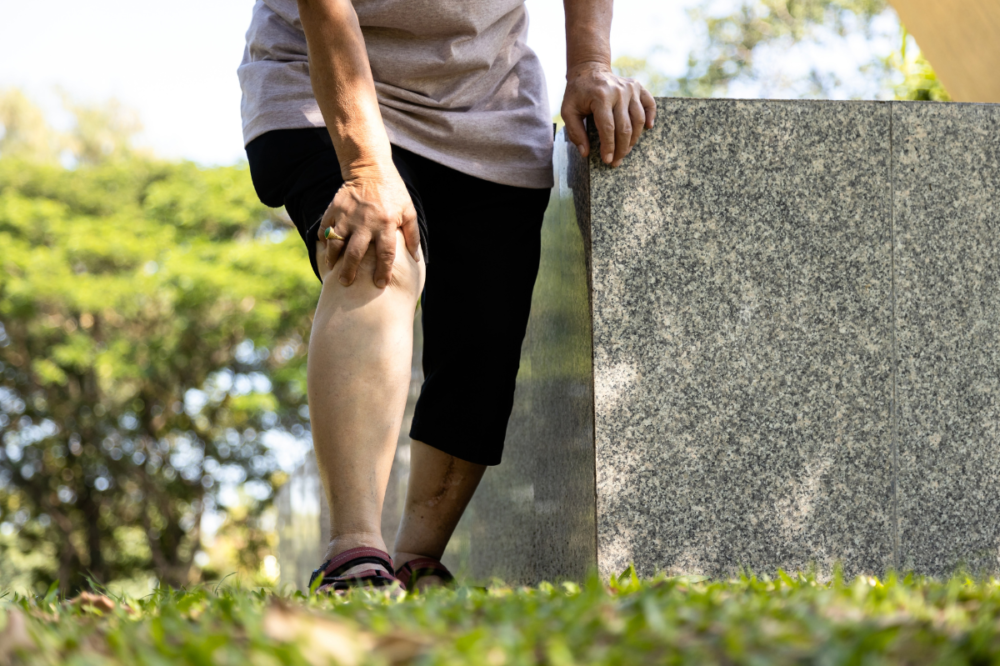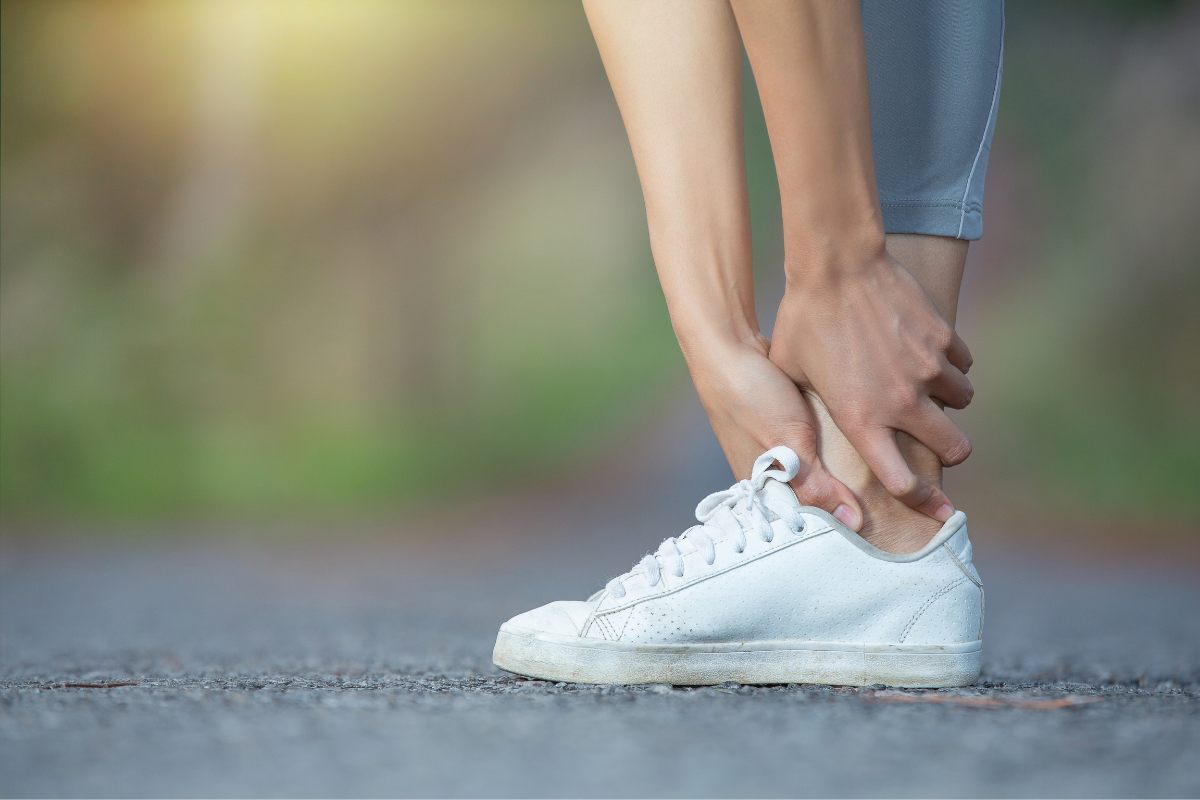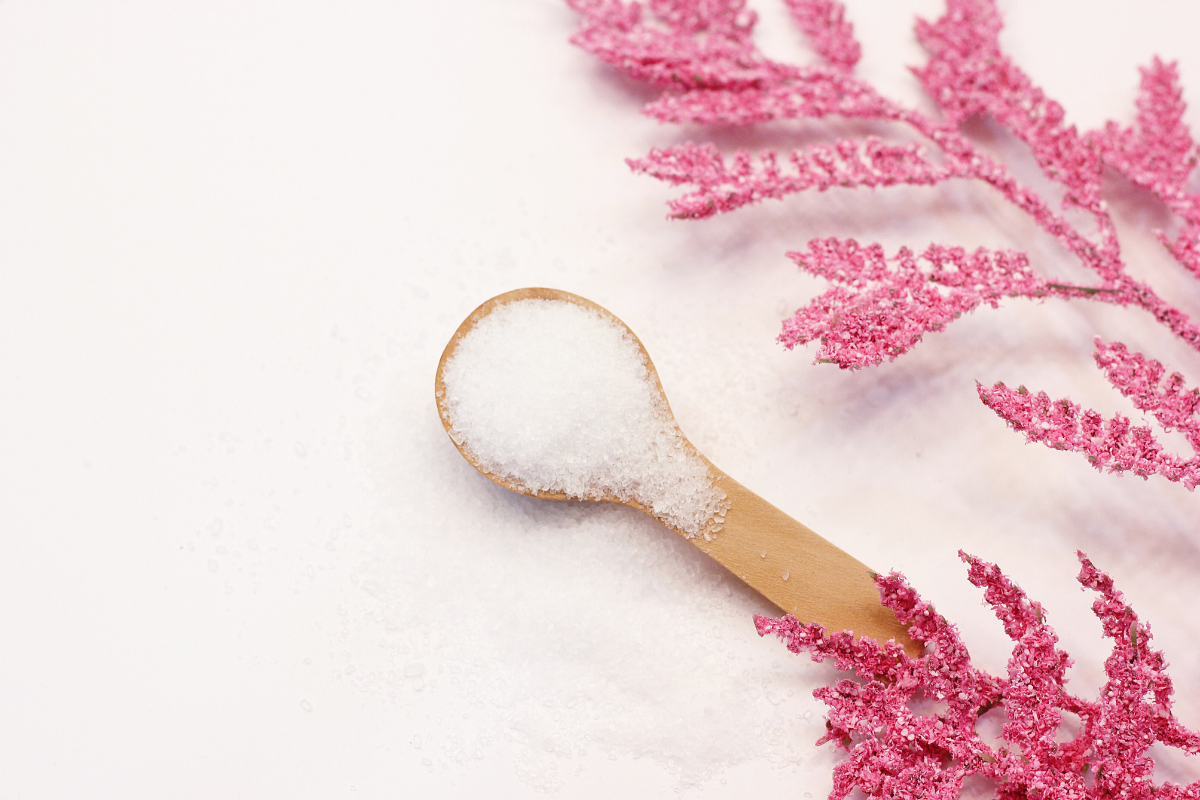Swollen feet causes & treatment

A person may experience swollen feet, which results from a number of factors both serious and non-serious, starting from hot weather to serious health conditions such as cardiovascular disease.
Swelling in the lower extremities, commonly referred to as edema, can be a sign of an underlying health condition.
Table of Contents
Why are my feet swollen?
A common cause of feet swelling is the accumulation of blood that can result either from standing for long hours, a sedentary life or problems with the calculator system. It can also be due to pregnancy or even from a salty meal.
Some of the most common causes of swollen feet are:
1. Edema
Edema is the fluid that accumulates in the tissues of the body. Usually, it appears in the instep, while ankle swelling is also a common occurrence. Of course, swelling can appear in the face and hands. Basic symptoms are discomfort and reduced skin mobility or the skin is stretched enough.
2. Swelling in the ankle
An injury to the foot or ankle, such as a sprain, can cause swelling in that area.
3. Medicines
Taking certain drugs can lead to water retention in our body. When we perceive such a situation, we should inform our doctor as it may be necessary to change the dose of the treatment being taken, or take a different treatment.
4. Alcohol
Alcohol can cause swelling in the legs, due to the excessive water retention it causes in our body. A recurring swelling from drinking alcohol, can be a sign of an underlying problem in the heart, kidneys or liver.
5. Heat
High temperatures can cause swelling of the legs, as the veins dilate in order to cool the body. It is no coincidence that the problem is more intense in the summer, when many say that their swollen feet are due to the heat.
6. Contamination
Infection is a common phenomenon in people with diabetes, mainly in the area of the ankles, causing blisters and sores (diabetic foot). Therefore, they should be aware and alert in order to avoid this particular impact in the best possible way.
7. Sedentary life
Sedentary lifestyle, increased body weight and inappropriate shoe soles are some of the reasons why our feet can swell.
8. Pregnancy
A common symptom of pregnancy is the swelling of the feet and ankles, which is often due to both fluid retention and increased pressure in the veins.
9. Preeclampsia
Swelling during pregnancy can appear suddenly, usually in the second trimester and can be a sign of preeclampsia. Common symptoms are protein in the urine, high blood pressure, fluid retention, dizziness and headache.
10. Venous insufficiency
When blood does not flow properly in the body, a serious situation that occurs is venous insufficiency. It is usually caused by damaged valves that cause blood to leak into the vessels. In such cases fluid retention in the legs is inevitable.
11. Blood clots
Clots occur when blood does not flow properly in our body, causing platelets to stick together. Clots in the veins of the heart prevent blood from circulating properly and cause swelling in the legs.
12. Heart
Swelling of the legs can be sign of cardiovascular disease or failure. Heart failure can cause fluid retention and swelling in the lower extremities. Accompanying symptoms of heart failure are fatigue, weakness, rapid heartbeat, etc.
13. Kidneys
People with kidney failure, in addition to the swelling of the legs that can be caused due to the resulting accumulation of fluids, are led to reduced urination, nausea, fatigue and difficulty breathing.
14. Liver
Liver disease can inhibit albumin production. A lack of albumin can cause fluid to accumulate in the feet and ankles, resulting in swelling. Additional symptoms of liver disease are jaundice, dark colored urine, loss of appetite, lack of energy. [1]
Is leg swelling dangerous?
Transient swelling is usually not a major concern. However, if the swelling in the ankle and in general in the legs is persistent, for days or even weeks, it is important to take into account the opinion of the attending physician. Swelling can accompany complications, wounds or even infection. It leads to stretching of the skin, which is quite uncomfortable to feel and eventually causes tears in the skin. These wounds, apart from being painful, are very easy for bacteria to grow and cause infection.
If the swelling is due to an underlying health condition, it is important to find out what causes it as soon as possible so that we can treat it appropriately.
On the other hand, swelling in one leg can be a sign of venous thrombosis, that is, clots forming in the veins of the legs. In such a case, it is necessary to make a visit to your doctor, as the risk of developing a pulmonary embolism may increase.[2]
Which doctor should I go to?
You should see a doctor when you notice the following symptoms:
- swelling that leaves an indentation when pressed with our finger
- a sudden swelling has developed that lasts for several days
- there is swelling in one leg
- there is discoloration of the skin
The doctor, who is basically an angiologist, should take a medical history, doing a thorough physical examination of the heart and lungs. There is a possibility that your doctor will ask for blood tests, urine tests, chest x-ray, electrocardiogram, and other tests.
There are many reasons that can lead to a swelling of the feet and ankles, so the doctor should carry out the necessary tests in order to find out where the problem comes from and provide the appropriate treatment.
You should also watch your feet when wearing your shoes. Shoes that are too tight can create sores by cutting your skin. [3] [4]
Treatment
What to do
- Elevate your legs on a chair or a pillow.
- Ideal exercise for swollen feet is walking, as it improves blood flow.
- Try to wear wide and comfortable shoes with low heels and soft soles.
- To avoid infections, wash, dry and moisturize your feet.
What not to do
- Do not stand or sit for a long time
- Do not wear socks, shoes or clothing that are too tight. [5]
Is there a natural cure?
There are potential solutions to swollen feet and ankles that are common in most households. Even if they are not a solution, they can help relieve symptoms.
1. Compression socks
Specific socks for swollen feet offer a gentle pressure on your feet, which contributes to better blood flow. It helps minimize pain and swelling because it helps prevent fluid retention. Compression stockings should reach up to the calf to address the problem. They are available on the market, in a wide variety, in pharmacies as well as online. They are available in various sizes and designs depending on what the doctor has recommended for the respective case.
2. Raise your legs
In the case of swollen legs, elevating the legs at the level of the heart helps to remove fluid retention that has already occurred in the extremities and helps the circulatory system to function more properly. You can rest your feet on a pillow, even against the wall of your house.
3. Foot bath
Magnesium sulfate salts (epsom salt) seem to act in detoxification of the body as it reduces both inflammation and toxins. Therefore, a 15-20 minute foot bath can provide relief from swollen feet.
4. Vitamins for tired legs
The lack of magnesium in the body may be partly responsible for the appearance of leg swelling and fluid retention. In this case, a magnesium food supplement, or a diet rich in magnesium could contribute positively to reducing the occurrence of the problem. Taking a magnesium supplement of 200mg-400mg per day seems to reduce swelling.
5. Food and water
A balanced diet, with increased water intake and reduced salt consumption can help relieve swelling. Also foods rich in magnesium, which can be consumed in case of magnesium deficiency are:
- Nuts and seeds (almonds, cashews, flaxseed, peanuts and pumpkin seeds).
- Legumes (black beans, lima beans).
- Whole grain cereals rich in plant fiber (quinoa).
- Low-fat dairy products (milk, yogurt).
- Greens (spinach).
- Black chocolate.
6. Increase in potassium intake
Lack of potassium causes an increase in blood pressure and fluid retention resulting in worsening swelling. Foods with a high amount of potassium are the following:
- Bananas
- Chicken
- Salmon
- White beans
- Peanuts
7. Essential oils
Essential oils such as lavender, peppermint, eucalyptus and chamomile seem to help in combination with other methods to reduce swelling in the legs. Massage with the use of essential oils (always dissolved in base oil) enhances blood circulation in the area, while contributing decisively to the reduction of swelling.[3]
Find at Vita4you.gr a great variety in products for tired legs and feet, as well as compression stockings.
Disclaimer
The content of this blogspot is not and can not be considered as medical advice, diagnosis or treatment. All information is provided to readers solely for informational purposes. There is no intention to substitute this content for personalized medical advice, diagnosis, prognosis or treatment.






Leave a comment